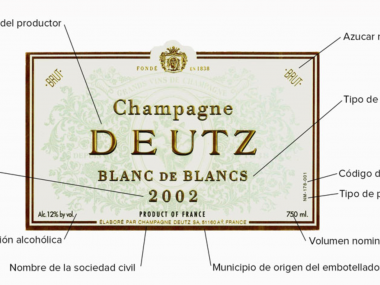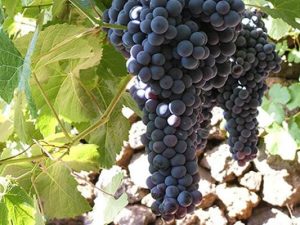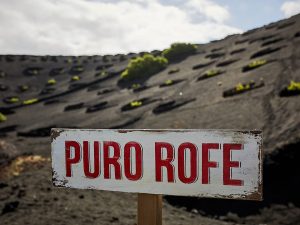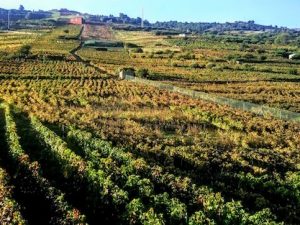Biodynamic wines are making steady progress in the world of wine. Here we offer you a quick and simple guide with key questions and answers to keep in mind when buying a biodynamic wine.
Why the concept of ‘biodynamics’ applied to wine?
This term was coined by the Austrian philosopher Rudolph Steiner in the 1920’s. He had a holistic approach, according to which the land should be considered as a complex system, whose balance should be preserved through cultivation. This concept is applicable to agriculture in general and to viticulture in particular, where human intervention must be appropriate to the lunar cycles, to the specificities of the terroir, the soil and the plants.
Biodynamics understands that everything in the universe -including the vineyard, of course- is interconnected, from the sky and the earth, to people, animals and plants. Biodynamic agriculture is a practice that aims to create a balance between all these parts.
What does biodynamic viticulture involve?
Opting for biodynamic viticulture involves, in concrete terms, adjusting the timing of the harvest, from planting to harvesting the grapes, to a biodynamic calendar.
This calendar includes root, fruit, flower and leaf days, which coincide with one of the four elements of Earth, Water, Fire and Air. Following this theory, each day indicates the ideal time for each task, whether it is harvesting, sowing, pruning, watering or letting the vine take its course.
Can biodynamic wine contain additives?
For a wine to be considered biodynamic, it cannot have either chemicals or additives such as commercial yeast. Furthermore, to reinforce the vineyards, farmers cannot count on the help of fertilizers or any type of artificial products, but must use natural fertilizers.
However, sulfites can be added in their elaboration. However, the maximums authorized by certification must be respected. Also, native yeasts and authorized clarifying agents of natural origin can be used.
In which countries are biodynamic wines cultivated?
Although the number of producers of biodynamic wines is still small at the global level, there are several countries where they are produced. In fact, biodynamic wines can be found in France, Germany, Spain, Italy, Eastern Europe, USA, Chile, Argentina, India and Australia.
Do biodynamic wines have a different taste?
In general terms, biodynamic wines should not have a different or particular taste. What biodynamic agriculture aims to do is to make the land on which the wine is grown as healthy and of the best possible quality, but this does not necessarily impact on its taste.
Are there certifications for biodynamic wines?
As of today, there are two certifications for biodynamic wines. On the one hand, the Demeter, developed in the USA with international scope, and on the other hand, the Biodyvin organization certifies biodynamic wineries exclusively in Europe.






